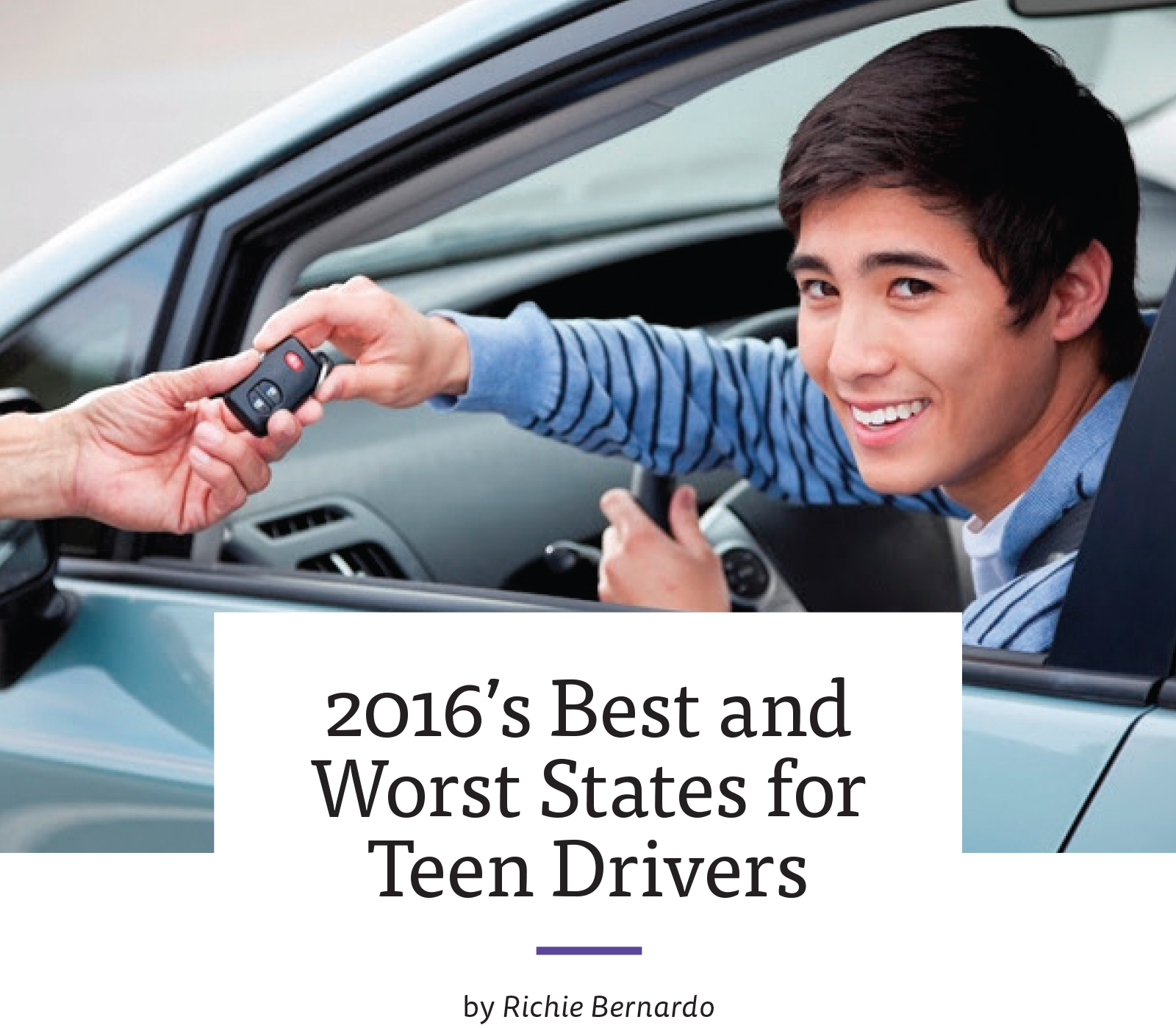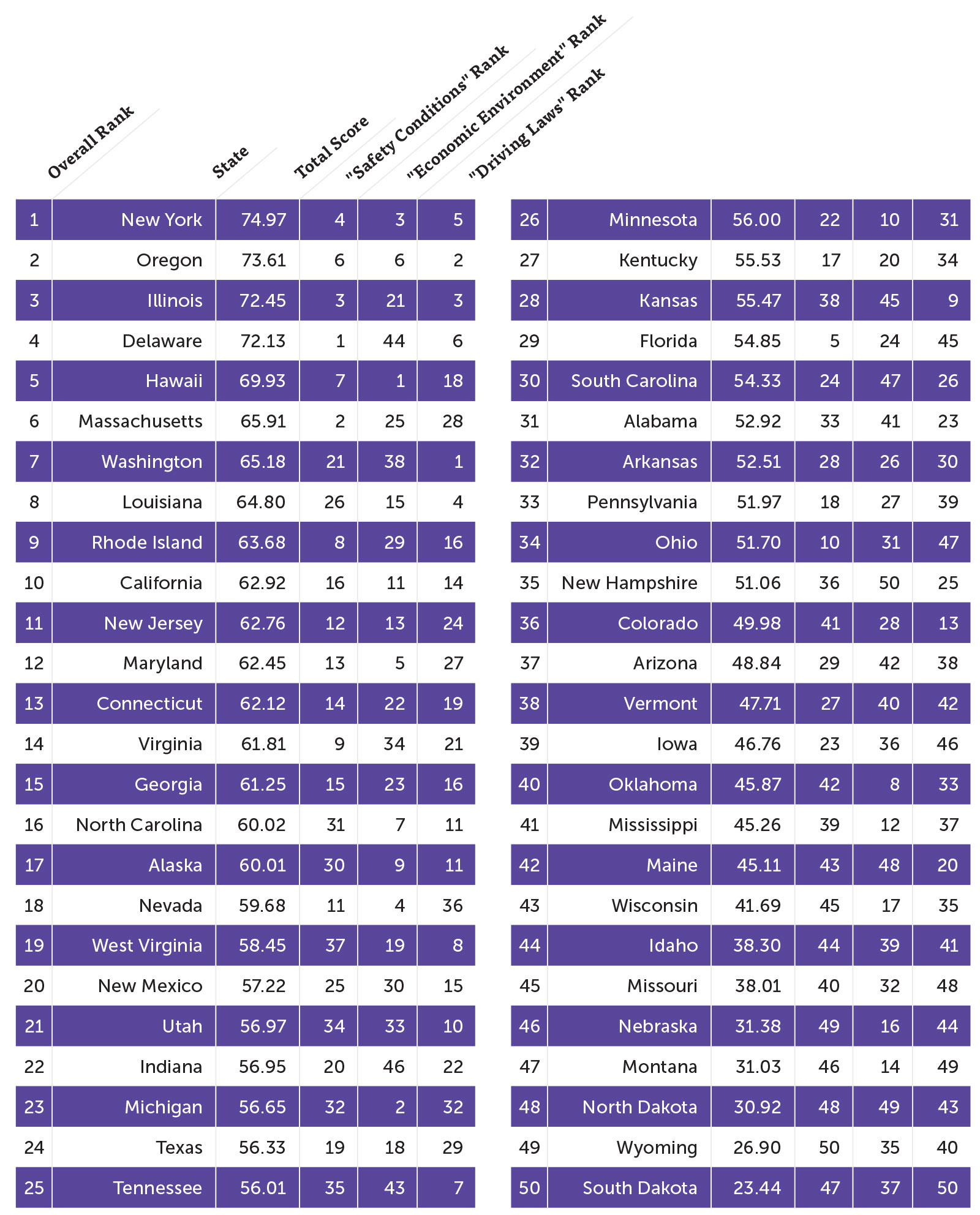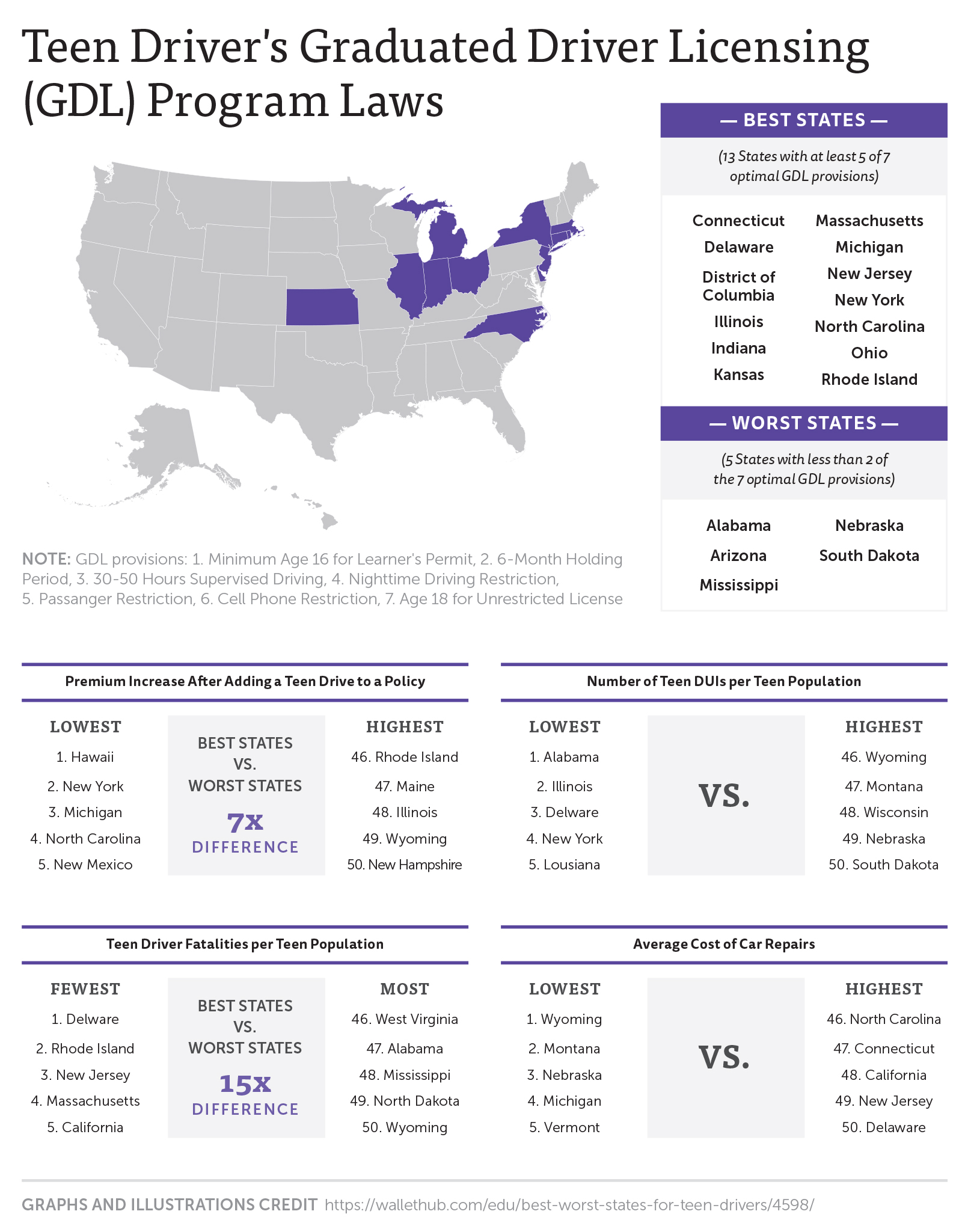
Getting a driver's license is considered a rite of passage in American culture. But this exciting coming of age has instead become a death sentence for thousands of teens each year. Motor vehicle accidents continue to be the leading cause of death among people between the ages of 16 and 19 which also happens to be the age group with the highest risk of crashes.
And the financial implications are staggering. Although 15 to 24-year olds make up only 14 percent of the population, they rack up nearly a third of all costs resulting from motor vehicle injuries. That's not even counting the costs of auto maintenance, insurance premiums, possible traffic citations and other vehicular incidents, expenses that can pile up over time. As summer progresses, itís time to face the fact that more teen drivers are newly minted during this season than any other. An average of 220 teens are killed in car accidents each month during this period.
To help parents ensure their teens' safety while also safeguarding their finances, WalletHub analyzed the teen driving environment in each of the 50 states using a collection of 16 key metrics. Our data set ranges from the number of teen driver fatalities to the average cost of car repairs to the presence of impaired driving laws. The complete rankings, as well as expert commentary and a detailed methodology, can be found below.


Although teens are responsible for their own actions, parents shoulder much of the emotional and financial consequences. And, in areas where teen deaths resulting from car crashes are most prevalent, it's up to lawmakers to implement programs and policies that are aimed at reducing those numbers. For additional insight and advice, we turned to a panel of experts from various backgrounds for their perspectives to the following questions:
1. What tips do you have for parents of teen drivers?
2. What is the biggest risk that teen drivers face?
3. What tips do you have for minimizing the costs (insurance, etc.) associated with having a teen driver in the household?
4. Should we increase the age at which an individual is eligible for a license to 18?
5. What should policymakers do to increase the safety of teen drivers?
Dan Romer

Research Director of the Annenberg Public Policy Center and Director of its Adolescent
Communication Institute at University of Pennsylvania, Annenberg School for Communication
Take seriously the need for your teen to practice driving under different conditions. Just driving to and from familiar places will not give your teen the experience needed to handle novel and challenging driving conditions. Also, teens need to know that taking one's eyes off the road even for a second or two is a great risk, especially for a driver without much experience.
Not having enough experience driving under different conditions and recognizing the potential hazards that occur in those situations. For example, in the city, the hazards involve people stepping out from behind buses and parked vehicles. On the open road, other drivers change lanes sometimes unexpectedly, or pass on the right. In bad weather, it is hard to see and one needs to slow down. All of these challenges require gaining the experience to recognize potential hazards so that one can respond easily and quickly. If one is not practiced in these skills, one will have problems when they occur for the first time.
Teens differ a lot in their abilities to handle a car alone. Some, at age 16 with sufficient experience, will do fine. But without sufficient experience or poor cognitive control skills others at that age will be at greater risk. We need more sophisticated driver training programs and the ability to identify teens who might have problems handling a vehicle so that they can get extra attention before going on the road alone.
First, we need research to help novice drivers develop driving skills, possibly using simulated driving technology, before they go on the road alone. Second, we need more sensitive tests of driving skills that could identify teens with particular weaknesses in attention or other cognitive skills. These weaknesses can be improved with training or other interventions.

Senior Manager for Teen Driving Initiatives at the National Safety Council
There are three steps to teaching your teen to drive: learning the risks teens face on the road, knowing what you as a parent can do to mitigate those risks and finally, staying involved.
Parents are really the key. They're often surprised to hear that they are role models for their teens, but it's true. The moment you turn your kid's car seat around they're watching what you do behind the wheel – good and bad behavior. Once you realize that, you can start early, well before your kid even has a permit by modeling safe driving behavior, for example, wearing seatbelts, refraining from using your phone while driving, no speeding or aggressive driving.
Staying involved is also a vital component for success. The first year of licensed driving is the most dangerous in your teen's life. In fact, 50% of teens will be involved in some type of car crash before they graduate high school. Some will be fender benders, others will be far worse. Parents should stay connected with their teen drivers and check in regularly to see how they're progressing with their driving. Your state may have issued your teen a license, but that doesn't mean he/she is an experienced driver.
The biggest risk is inexperience. There are individual concerns that are often highlighted. We mentioned speeding and distraction. Texting while driving is often a touchstone topic when talking about teen driving safety but all of these things roll up under inexperience. Teens simply don't have the experience as those who have been driving for years, parents for example.
They don't know that when it's raining or snowing, going 40mph, even though the speed limit says 40mph, can be dangerous and they need to slow down when it is raining or snowing. They haven't had experience judging traffic patterns during rush hour, or on different types of roads like city, rural and highway. They may not know how to deal with a driver who is running late to work or impaired or just aggressive.
Driver's ed is a great resource and it can help your teen prepare for and pass their license exam, but what they really need is more practice to gain that experience. Every state is different but, on average, only 50 hours of supervised driving are required to get a license. Teens need more, and that's where parents can really help. After your teen has a license, if you can spend 30, or better yet, 60 minutes every week in the car with them, riding as a passenger and helping them build skills, it will really help them gain that experience, help them become safer drivers and help reduce their crash risk.
The biggest things that drive up insurance costs for teens are things like moving violations for speeding, disobeying traffic signals, and injury or property damage caused by collisions. Building experience through practice can help prevent these incidents which can lower costs. Practicing relatively simple things like backing out of the driveway so your teen doesn't sideswipe the house, or parallel parking so they don't scrape up against another car can really help.
It's also the perfect time to talk about responsibility: will your teen be responsible for insurance costs, costs for damages to the car, maintenance, putting gas in the tank? Parents need to take that into consideration and come up with a solution that works best for their family. Signing a parent teen agreement can help. It lays out rules about driving responsibility as it relates to their safety on the road, but it can also include fiscal responsibility, too.
Every state is different and in some states, particularly those with more rural populations or that are more agricultural, raising the age limit to 18 might not always be the best answer. What raising the age limit does however, is build in more time for supervised driving. Again, we're back to building experience. If you get a permit at age 15 but cannot get your full license until you're 18, you'd have a full three years to build driving experience under Graduated Driver Licensing (GDL) laws. As the name implies, GDL laws set restriction on new drivers and then gradually lifts them over time.
Experience is the key, not necessarily the age. Studies have shown that after the last recession, some teens, particularly those in urban areas, delayed getting a license until they were older – 18, 19 and, in some cases, their early twenties. They also found that, despite the delay, the initial crash risk remained although it did drop more quickly with age.
It also meant that these older drivers didn't have to follow GDL laws like their teen counterparts. They didn't have to have any supervised driving and driver's ed wasn't necessarily part of the mix either. If you are 21 and have not driven a car as a novice driver, you lack experience just like the 16-year-old driver. Being older doesn't automatically make you a safer, more experienced driver.
GDL is proven to reduce crash risk and is a useful tool that can really help parents. The problem is that each state's laws are different. Parents often don't know about GDL and if they do, it can be confusing to navigate. Standardizing GDL would go a long way in making it a more effective and easier tool to use. Increasing the number of supervised driving hours required for licensure, and implementing uniform things like passenger, night driving and cell phone restrictions, are a good place to start.
Raising the licensing age, though not a workable solution for every state, would increase the amount of time a teen must adhere to GDL laws. We have far too many teens dying in car crashes every year. It is the leading cause of death for that age group. We need smart legislation that can help parents and prevent these deaths.

Assistant Professor of Civil, Structural and Environmental Engineering, and Associate Director of the Institute for Sustainable Transportation and Logistics at University at Buffalo, The State University of New York
The first few months after teenagers get their driver's license are important. During this period, safe or unsafe driving habits can be formed. Parents can, perhaps, ride along with their children, observe their driving behavior, and identify areas in terms of driving behavior that their children can improve. This should be ideally discussed off road, and in an informative way.
Driving too fast for conditions, drunk driving, and texting while driving, are some of the most common causes of accidents and fatalities among all drivers, and especially among teen drivers. Recent and ongoing research seems to identify mind wondering as another cause. Through advancements in science and engineering, modern vehicles and roadways are designed to "forgive" driving mistakes. Nevertheless, drivers should be educated from a young age to avoid such high risk driving behavior.
Educating teen drivers about the risks associated with aggressive driving behavior, speeding, drunk driving, and distracted driving is important as it can lead to safer driving behavior. This in turn can likely result in accident avoidance hence no hospitalization, fewer driving violations, and consequently, lower insurance costs.
There is great debate on increasing the age at which an individual is eligible for a license from 16 to 18, with both sides presenting strong arguments. Regardless of the age that teenagers can receive their driver's license, what is of utmost importance is that they are well prepared to drive safely. Therefore, the focus should be on safe driving education.
Responsible, law abiding teen drivers are safe drivers. Continuous education through reason, not fear, is likely to help teen drivers form safe driving behavioral habits.
CREDIT Wallethub